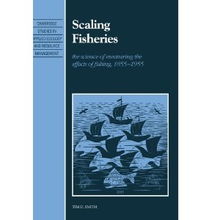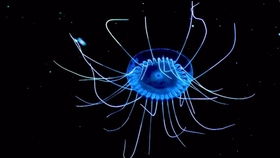Content:
Fishing for African Blackfish, also known as the Tilapia mossambica, is a popular activity among anglers seeking a challenge and a taste of exotic fish. These fish are found in various African freshwater bodies, and their distinctive black coloration and voracious appetites make them a thrilling catch. If you're planning a fishing trip to Africa and want to increase your chances of landing a majestic African Blackfish, here are some proven techniques and tips to help you master the art of fishing for these remarkable creatures.
Understanding African Blackfish Behavior
Before delving into the fishing techniques, it's crucial to understand the behavior of African Blackfish. These fish are known for their strong swimming abilities and a preference for shallow waters. They are omnivorous, feeding on a variety of foods including insects, algae, and even smaller fish. Knowing this, you can tailor your approach to attract them effectively.
Choosing the Right Equipment
Rod and Reel: For African Blackfish, a medium to heavy-duty spinning rod and reel combination is recommended. The rod should be at least 6 to 7 feet long to provide the necessary leverage for landing a strong fish.
Line: Use a monofilament line with a breaking strength of 10 to 15 pounds. This line is strong enough to handle the fish's size and power without being too heavy, which can spook them.

Hooks: For live bait, use a size 6 to 8 hook, and for artificial lures, opt for a size 2 to 4. The size of the hook should match the size of the bait or lure you are using.
Bait: Live bait such as grasshoppers, earthworms, or small fish can be highly effective. Artificial lures like spinnerbaits, jigs, and rubber worms also work well.
Fishing Techniques
Shallow Water Techniques: African Blackfish are often found in shallow waters, so casting close to the shore or into shallow areas can be productive. Use a gentle retrieve to mimic the natural movement of the bait.
Surface Lures: When using surface lures, cast them out and allow them to flutter back to the surface. The splash and noise can attract the fish's attention. Vary the retrieve speed and rhythm to see what works best.
Bottom Bouncing: For bottom-feeding African Blackfish, use a bottom bouncing technique. Attach a sinker to your line and let it sink to the bottom. Then, slowly retrieve the line, allowing the bait to bounce along the bottom.
Live Bait Techniques: If you're using live bait, fish it slowly and let it swim naturally. African Blackfish are attracted to the movement and scent of live bait, so don't try to force it to swim against the current.
Artificial Lures: When using artificial lures, pay attention to the water conditions. In murky water, brighter colors may be more effective, while in clear water, natural or muted colors can be better.
Tips for Success
- Early Morning or Evening: Fish during the early morning or evening when the fish are most active.
- Weather Conditions: Overcast days or during the rainy season can be more productive due to the increased water temperature and reduced sunlight.
- Patience: African Blackfish can be elusive, so patience is key. Wait for the right moment to cast or change your approach.
- Local Knowledge: Seek advice from local anglers or guides who know the best spots and techniques for catching African Blackfish in your area.
Conclusion
Fishing for African Blackfish can be an exhilarating experience, but it requires patience, skill, and a good understanding of the fish's habits. By using the right equipment, employing effective techniques, and being observant of the fish's behavior, you'll be well on your way to becoming a successful African Blackfish angler. Remember to respect the local fishing regulations and the environment, and enjoy the beauty and adventure that Africa's freshwater bodies have to offer. Happy fishing!












